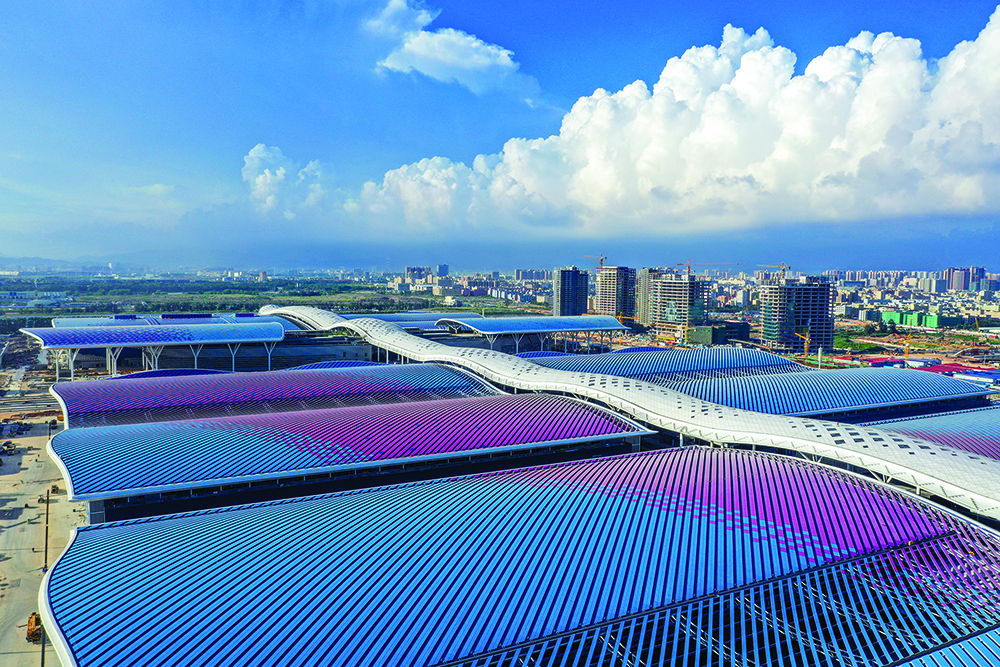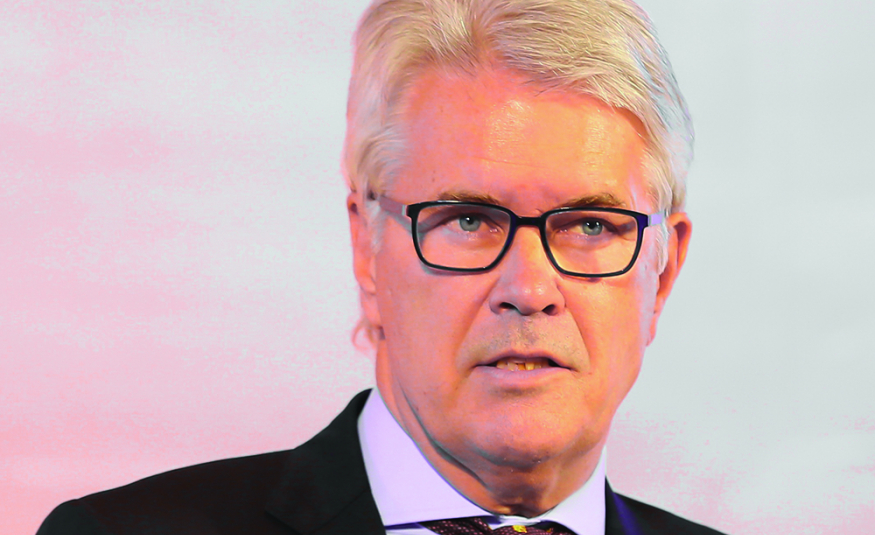Paul Colston meets the CEO of Germany-based key industry consultancy jwc, Jochen Witt, who talks about China, changing exhibition models, the decline in European capacity and picks out three big issues to the fore
We see jwc has been expanding its operations, including with venueScout. What is the state of play with that project now and what are your other priorities now?
We have been working on venueScout for a long time and are currently in the soft launch phase. It is an exciting project offering great value to both venue operators and event organisers.
Two more senior consultants have joined our consulting practice; we have been busy mainly with strategy projects for European M&A work and a number of efficiency and refurbishment projects for European venues, as well as master planning for new venues in China. Interestingly, most of the European venue projects resulted in plans for a decrease of exhibition capacities in favour of higher, adjusted venue quality. In our view this is overdue; particularly in Europe we have over-capacities in several markets and a number of venues with substandard qualities.
You are foremost experts in the Chinese venue market, which continues to suffer from Covid-19 restrictions. How is that affecting Chinese expo business? Is there a fear that if policy does not change in Beijing vis-a-vis Covid-19 rules, then some good exhibitions could start to haemorrhage from the country to other destinations?
Pre-Covid-19 China has been a growth engine for the global economy and also for our industry. The zero Covid-19 policy of the Chinese Government brought exhibition activities in the country to a complete halt.
One of the biggest problems is that there is no planning security for organisers, exhibitors and visitors, as recent examples show that events have been cancelled with less than one day’s notice. Nobody can really predict when the Chinese Government will change the current policy. We believe that easing of restriction will latest take place in the first quarter of 2023 and business will get back to normal fairly soon thereafter.
There is still a strong confidence in the exhibition business in the country. We are involved in a number of projects in second-tier cities and see that officials are eager to build new quality exhibition and conference space.
And we can see the same attitude in first tier cities: Beijing has started plans for a new venue close to the Daxing airport and Shenzhen has initiated phase 2 of Shenzhen World, since the venue has attracted many large events since its opening. We are closely working with the teams in both projects and sense the strong underlying confidence in the exhibition and conference business.
How do you see the tempo of the new momentum and traction in general for your business now that 141 countries are open for vaccinated travellers and the trade fair business seems to be returning in general globally?
We see a lot of uncertainty in the economy and in our industry: Limited access to the Chinese market, a war in Europe, recessionary trends, high energy prices and high inflation are factors which will influence marketing budgets of exhibitors and place pressure on margins of organisers and venues. As a consequence, exhibitors will spend less on exhibitions, fewer visitors will attend our events.
Events will trend to be smaller and more focused. To offset these developments, organisers will need to aim at new target groups and on companies which did not participate in exhibitions so far. Particularly for SMEs, exhibitions are by far the best marketing tool and we know that a huge number of non-exhibitors exists among these SMEs.
Even though it is always nice to have the big bellwethers on the show floor, organisers will not win this battle with them and will need to attract at least parts of this untapped group of SMEs.

What do you see as the big three issues ahead for our industry and that leaders should be discussing in forums like the UFI Congress upcoming?
There are issues which we cannot influence and those which we can; I’d like to see the discussions focus on the latter. Even though I feel that there are more than three big topics and that many of them are of similar importance, here – besides topics like data management, AI and sustainability – are my top picks:
Bottom line:
Venues, organisers and service providers are fighting for the same budgets. In times of limited exhibitor budgets and increasing pressures on margins, an intensified co-operation and alignment between these stakeholders should be instigated to the benefit of exhibitors and visitors. At the same time, organisers will have to find ways to compensate potential revenue losses due to lower exhibitor numbers, lower booth spaces and fewer visitors; digital offerings will not be a sufficient offset, focus should be placed on the large untapped group of non-exhibitors.
Work environment:
Our industry has seen fundamental shifts in the work environment. During the pandemic we have lost a large number of employees and along with them a lot of know-how and experience. Today we often have difficulties to hire enough qualified staff as many former employees have found jobs in other industries.
At the same time there is a strong need for digital natives, who will have to be integrated into the organisation of our companies. Employment conditions need change to remain attractive in an ever increasing competition for talent. This means our industry will have to offer attractive compensation packages, attractive work spaces, flexible working hours and remote work possibilities along with excellent training offerings and good career potential.
Digital and virtual:
During the pandemic we have seen many so called ‘virtual exhibitions’. This is semantically an oxymoron and most of these attempts were expensive failures. However, there is a widespread agreement in our industry that digital or virtual complements the physical event may add value to existing offerings.
Many companies have tried to add digital products to their portfolio, but it seems that there is not the one solution to the problem. Such products need to be show and industry specific. A ‘one size fits all’ model will not provide the best solution.
Instead, applying a platform model with possibilities for individual adaptations is likely a cost-efficient way forward. Revenues from digital activities are expected to rise and provide good margins in the medium-to-long-term. This will only be possible if we move away from the notion of monetising single digital events, but instead, develop concepts that monetise all year-round digital offerings by integrating the physical event(s) into such an offer (omnichannel business model).
Such omnichannel business model can strengthen the customer relation, make show participation more successful and can also help expand the reach of a show and acquire new customers. In addition, digital must be used to provide more targeted matchmaking on site and insights into exhibitor and visitor behaviour – the random business model is over!





